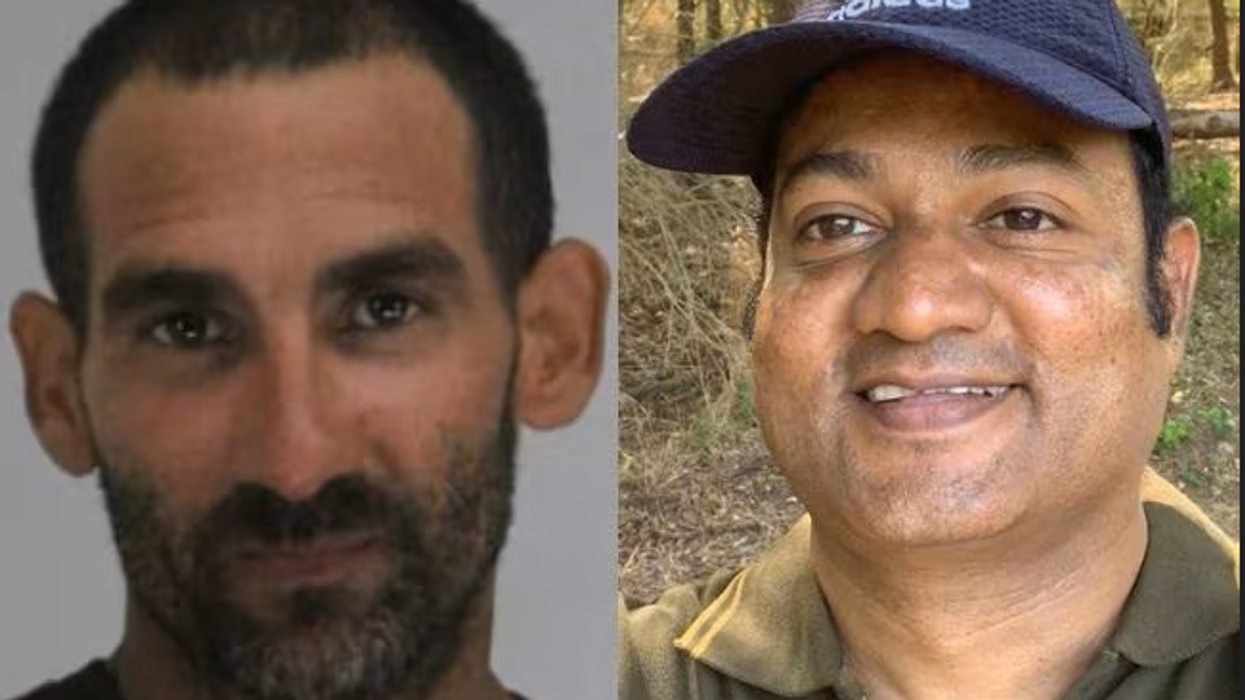India's Bipin Rawat was an outspoken, polarising but hugely popular "soldier's general" who was wounded in a border battle and survived an aircraft crash before dying in a helicopter accident on Wednesday (8).
The military in the world's largest democracy has traditionally stayed well clear of political debates, unlike neighbouring Pakistan, Bangladesh and Myanmar, all of which have seen multiple coups.
The 63-year-old Rawat -- seen as close to prime minister Narendra Modi -- upended that norm, openly speaking out on issues ranging from foreign policy and geopolitics to domestic political questions.
And as army chief he said that citizens should fear their own country's forces.
"Adversaries must be afraid of you and at the same time your people must be afraid of you," he said in 2017. "We are a friendly Army, but when we are called to restore law and order, people have to be afraid of us."
Two years later activists and opposition politicians accused him of violating the oath of his apolitical office after he condemned protests against a new citizenship law that critics said discriminated against Muslims.
Rawat came from a military family who have served in the Indian armed forces for generations.
He joined the army as a second lieutenant in 1978 and was shot in a firefight with Pakistani forces when he was stationed at a remote border post in Kashmir.
"We came under heavy cross-fire from Pakistan. A bullet hit me on my ankle and a piece of shrapnel grazed my right hand," he told the India Today magazine, requiring surgery and lengthy rehabilitation -- and earning him India's Wound Medal.
Over four decades of service, he commanded forces in Indian-administered Kashmir and along the Line of Actual Control bordering China.
In 2015, he was in charge of an operation in Myanmar against separatists, India's first publicly acknowledged strike against an insurgent group on foreign territory.
He survived a helicopter crash in Nagaland the same year with minor injuries, when his aircraft came down nose-first within seconds of take-off.
- 'Neither modernised nor westernised' -
Rawat was the chief of 1.3 million-strong army from 2017 to 2019 before his elevation as the country's first chief of defence staff, a post created specifically for him.
He ruffled Beijing's feathers by repeatedly questioning its actions at their disputed borders and warning Nepal about China's growing footprint.
The Chinese military protested his recent public comments that China was the biggest security threat for India.
Many predicted Rawat could have successfully run for public office after retirement.
His frontline actions on turbulent frontiers and unrelenting support for his troops, whatever their actions, made him hugely popular among Indian soldiers.
The "armed forces find huge resonance in the conservative actions of our society", he said as army chief, decrying the prospect of gay people being allowed to serve.
"The Army is conservative. We have neither modernised nor westernised."
Rawat in 2017 lamented that protesters in Kashmir were only throwing stones at his forces, rather than using firearms. "Then I would have been happy," he told the Press Trust of India, as it would have allowed him to respond as he wanted.
As army chief he awarded a prestigious commendation to an army Major who tied a Kashmiri civilian to the front of his military vehicle as a human shield to prevent protestors attacking his team.
"This is a proxy war and proxy war is a dirty war," he said. "It is played in a dirty way."


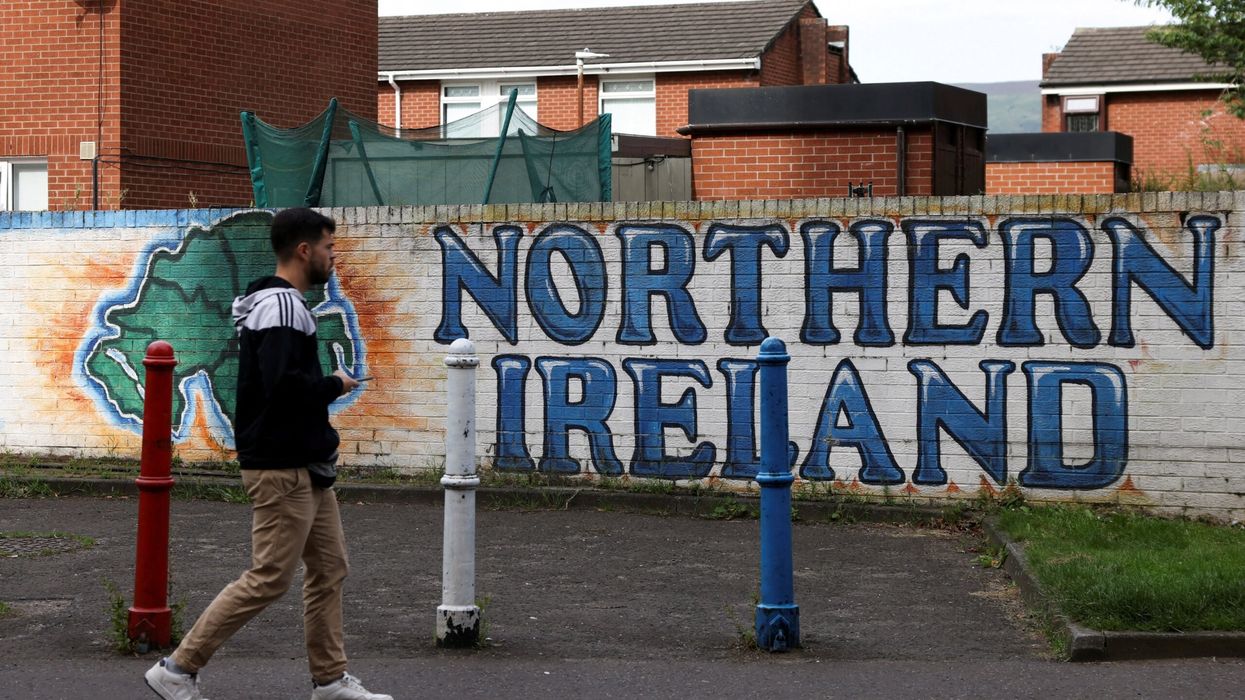

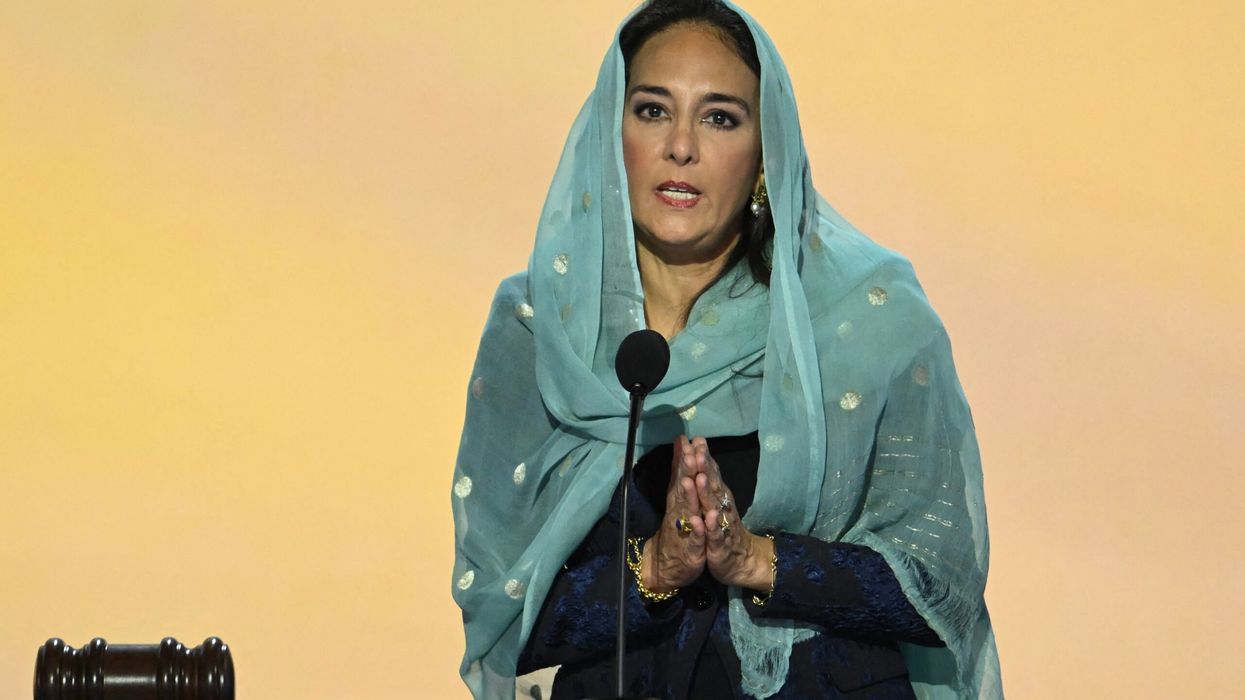
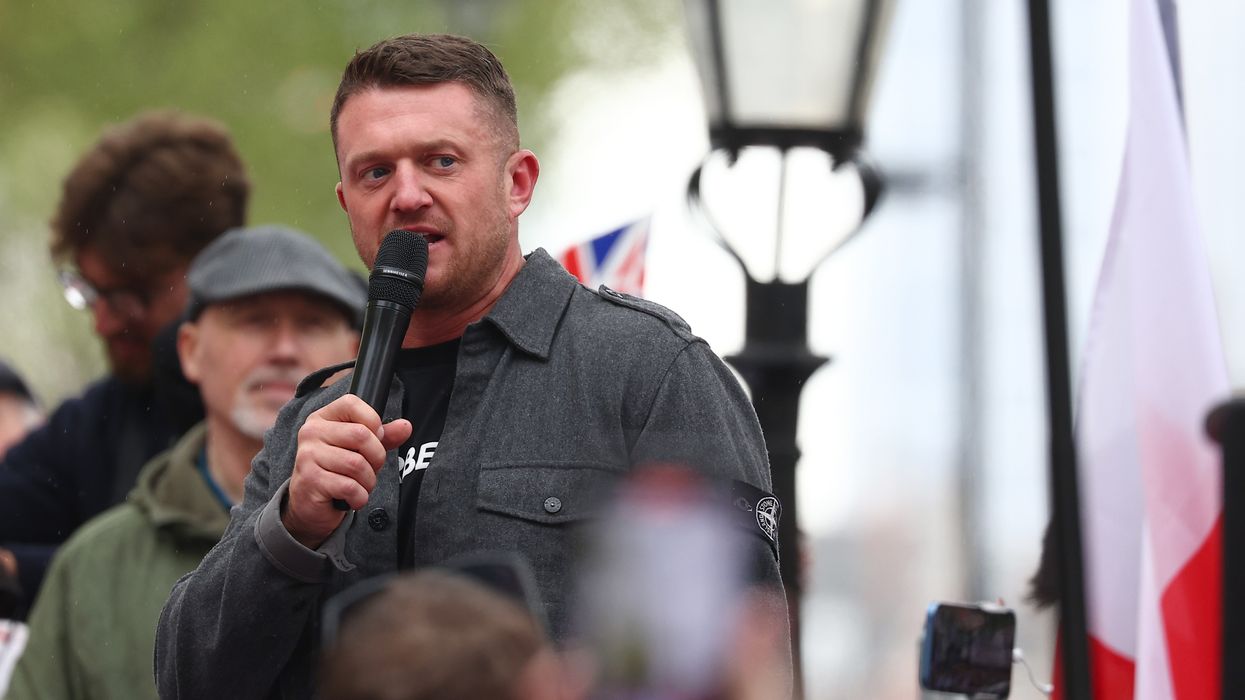



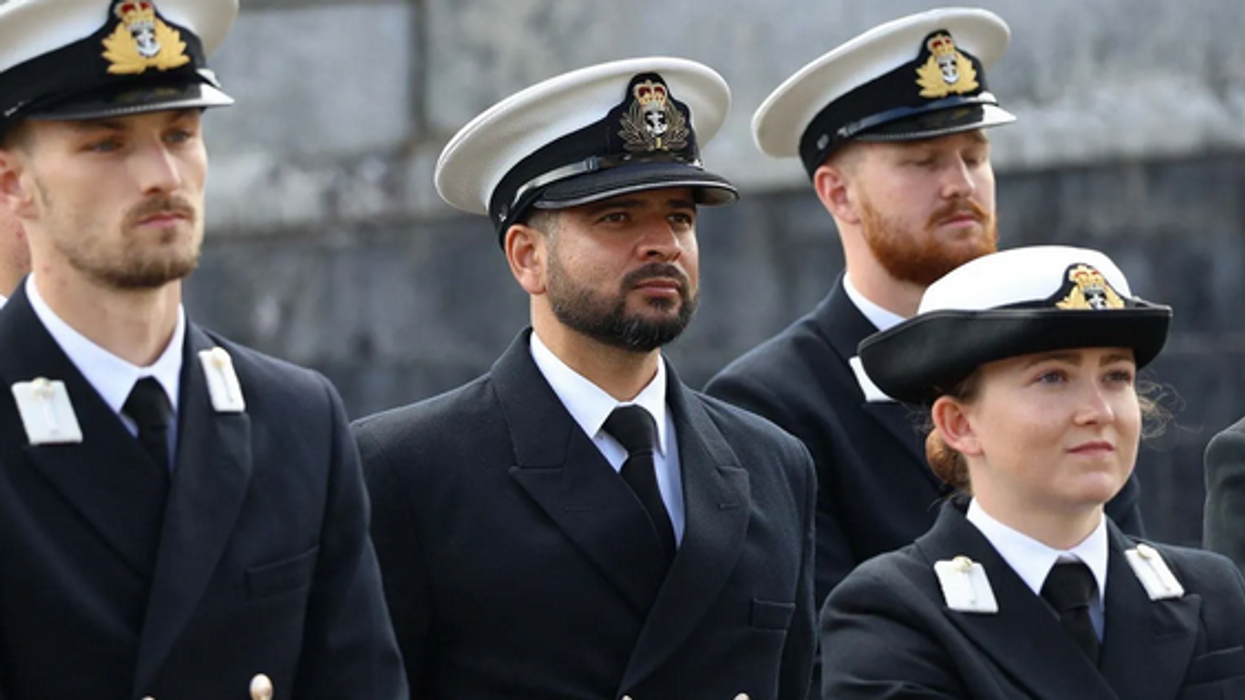

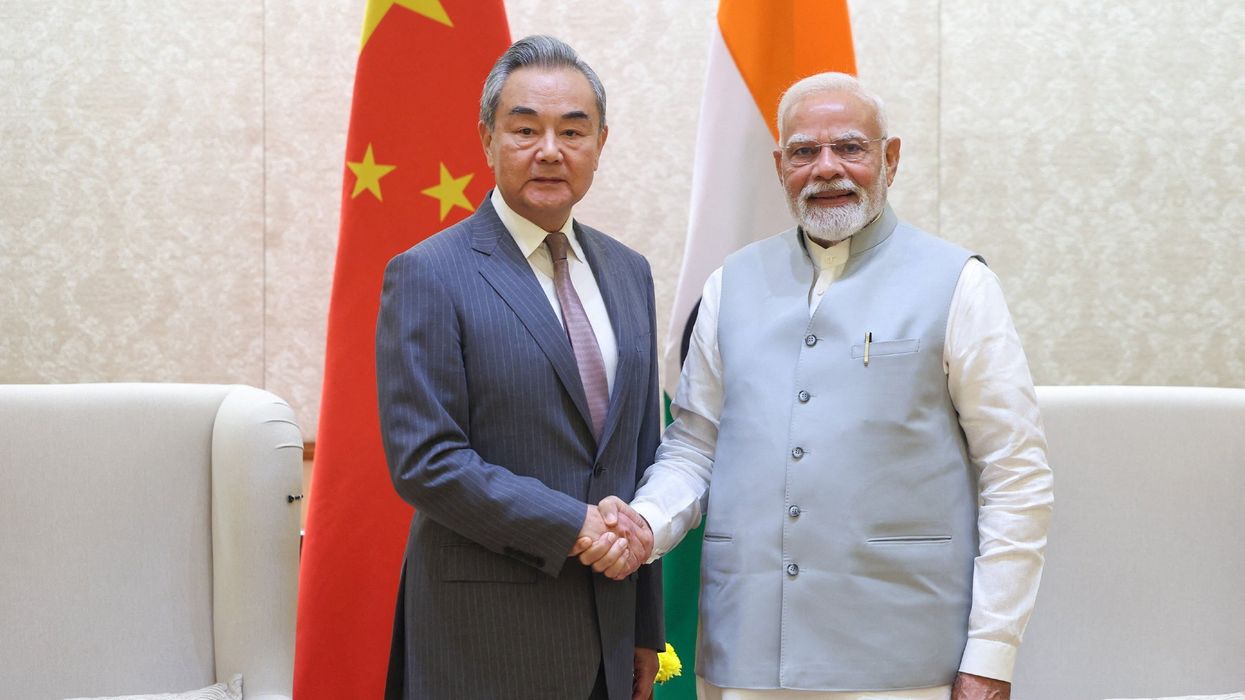
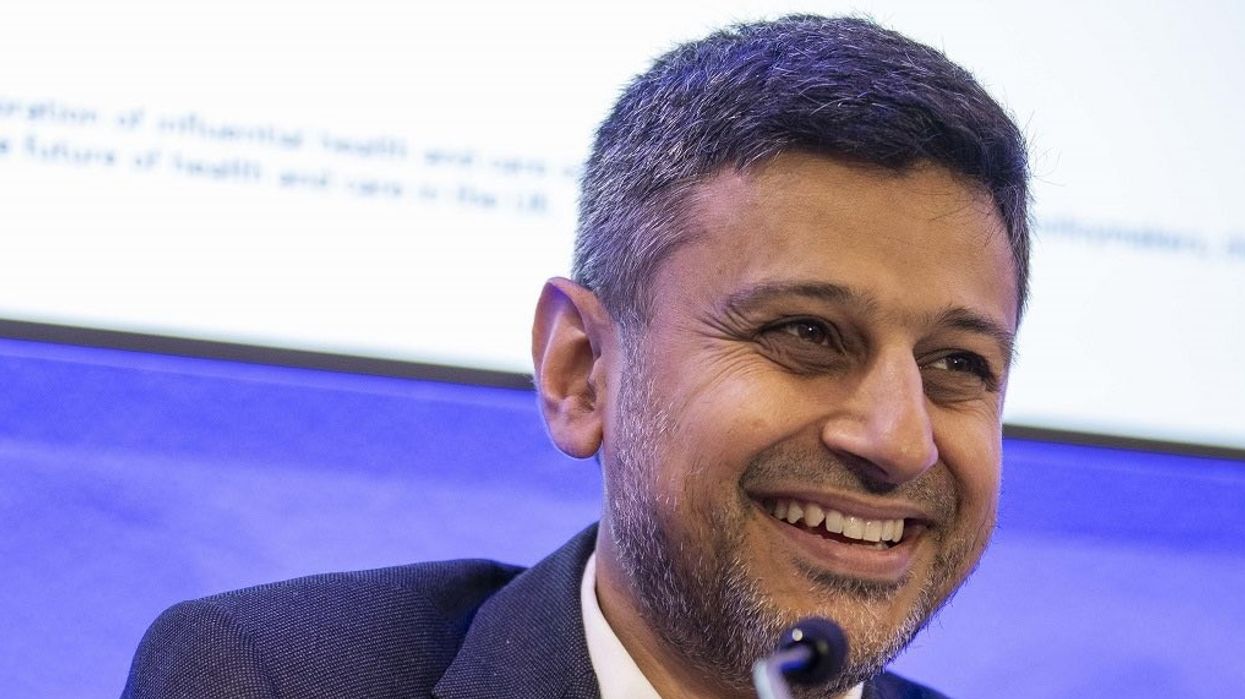
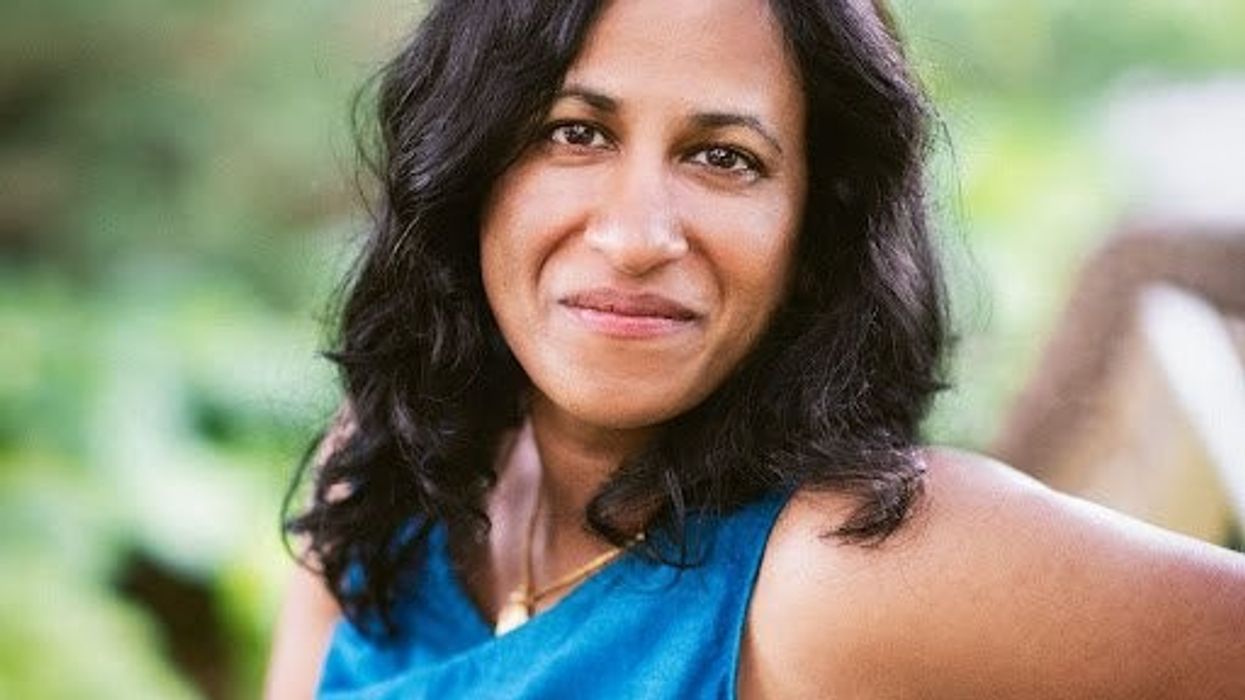


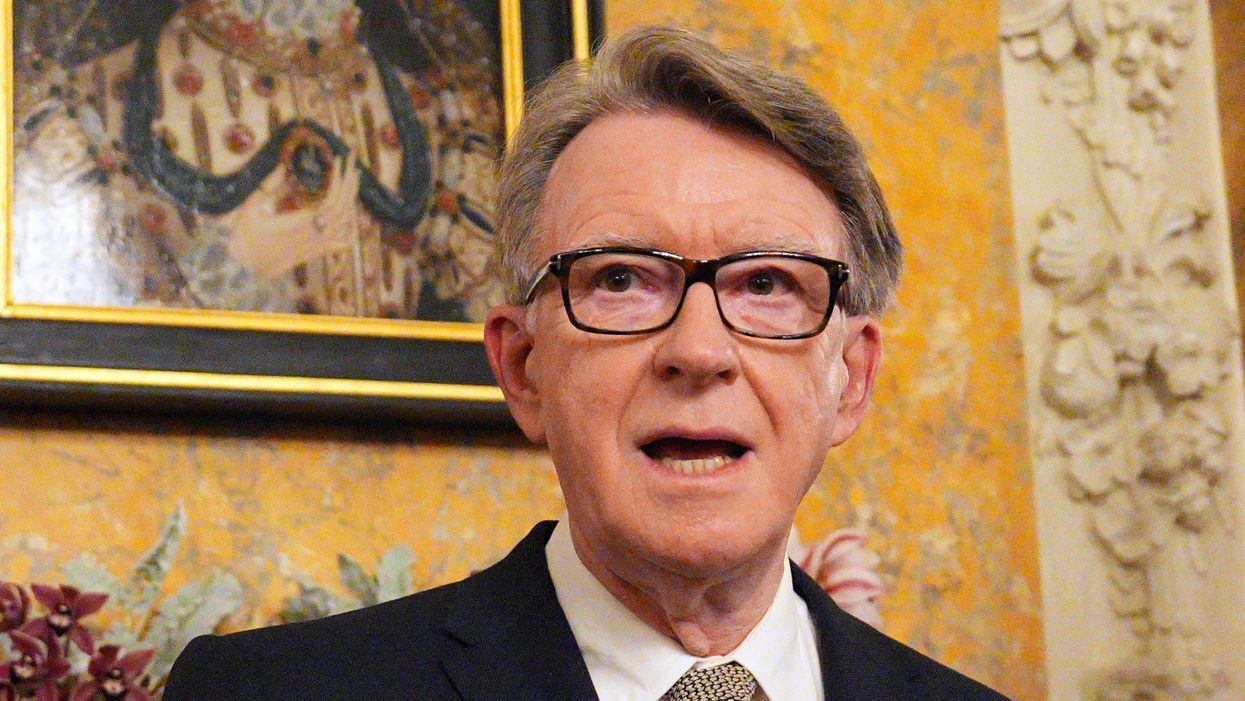

 Diwali illuminations in Leicester (Pic credit: Beth Walsh Photography) Beth Walsh Photography
Diwali illuminations in Leicester (Pic credit: Beth Walsh Photography) Beth Walsh Photography 